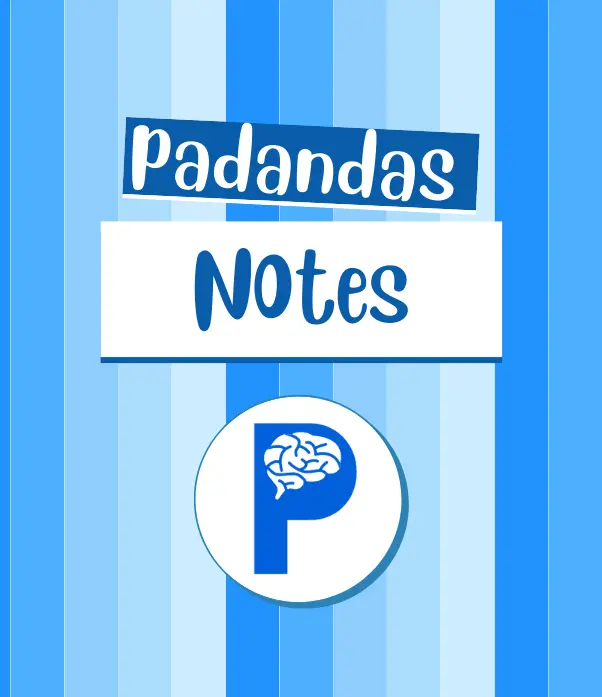Digital Logic Note-Digital Logic

Digital Logic Note ELX 110 Notes
Description
Here is all chapter notes of Digital Logic .This Digital Logic Note cover all basic to advance concepts in easy to understand way with examples to solutions of numerical problems.
Digital Logic Note - All Chapter Notes with Numerical Solutions
This note contains following chapters and its sub contents that are discussed in this pdf.
Unit I: Introduction Notes
Compare analog and digital signal and system.
Use the information representation in any number system.
1.1 Analog and digital signal
I .2 Analog and digital system
I .3 Numerical representation
I .4 Digital number system
Unit II: Number Systems and Codes Notes
Deduce conversions among binary number systems.
Apply the different coding system to represent information.
2.1 Number systems
2.1. I Decimal
2.1.2 Binary
2. I .3 Octal
2. I .4 Hexadecimal
2.2 Number system conversion
2.3 Complements (radix and diminished-radix)
2.4 Subtraction using complements
2.5 Binary coding systems
2.5.1 Weighted codes (BCD, 84 -2 -l, and 242 1)
2.5.2 Non-weighted codes (Excess-3 and Gray)
2.6 Alphanumeric and instruction codes
Unit III: Boolean Algebra and Logic Gates Notes
Implement the simplified functions using simple and universal logic gates.
3.1 Boolean algebra (definition, properties, postulates, theorems)
3.2 Logic gates, truth tables and Boolean function
3.3 Duality principle and complements
3.4 Gate implementation
3.5 Universality of NAND and NOR gates
Unit I V: Simplification of Boolean Function Notes
Simplify the Boolean function using map method.
4.1 Venn diagram
4.2 Canonical forms and standard forms
4.3 Karnaugh map up to 5 variables
4.4 Minimum realization
4.5 Don't care conditions
4.6 Simplification in SOP and POS using K-map
Unit V: Combinational Circuit Notes
Design various combinational logic circuits and analyze them.
5.1 Design procedure
5.2 Adder and subtractor
5.3 Code conversion
5.4 Analysis procedure
5.5 NAND and NOR implementation
5.6 Multilevel NAND and NOR gates
5.7 Parity generator and checker
Unit VI: MSI and LSI Design Notes
Design and implement the parallel adder/subtractor, comparator, multiplexer/demultiplexer and encoder decoder.
6.1 Introduction to Integration technology
6.2 Parallel adder and subtractor
6.3 Decimal / BCD adder
6.4 Magnitude comparator
6.5 Multiplexer and demultiplexer
6.6 Encoder and Decoder,
6.7 ROM and PLA
Unit VII: Sequential Circuits Notes
Design and analyze sequential logic circuits.
7.1 Synchronous and asynchronous logic
7.2 Differences between Latch and fli-flop, Flip flops
(RS, JK, D, T) and their truth table, excitation table
and characteristic equation
7.3 Triggering of flip flops
7.4 State diagram and state table
7.5 State reduction and binary assignment
7.6 Design and analysis of clocked sequential circuit
7.7 Master-slave flip flops
Unit 8: Registers and Counters Notes
Design synchronous and asynchronous counters.
8.1 Register, shift register and types of Shift register
8.2 Synchronous counters
8.2.1 up to 4-bit counters
8. 3 Asynchronous counters
8.3. I BCD ripple counter,
8.3.2 Mod counter
8.4 Ring counter
8.5 Output hazar
Unit 9: Memory Unit and ALU Notes
Design and implement arithmetic logic unit.
9. I Random access memory
9.2 Design of arithmetic logic unit
Accumulator
9.4 Shifter and status register
9.5 Processor unit
What do this note contains
Discussion-based Tutorials
• Analog and digital signal and system.
• IC technology and parameters considered during fabrication
Sequential circuits and types
e Out ut hazard races
Problem solving-based Tutorials
Conversion of numbers among number systems
Simplification of Boolean functions in SOP and POS using theorems and
postulates.
Simplification of Boolean function in SOP and POS using K Map.
Logic gate implementation, used of NAND and NOR gates.
Implementation of Boolean function using various MSI and LSI components.
Design of various combinational circuits, code conversion circuits and parity
generation and checking circuits.
Design of synchronous sequential circuit from state diagram.
Design of synchronous and asynchronous counters.
Design of arithmetic and logic unit.
search terms
digital logic note,
logic circuit note,
digital logic engineering note,
digital logic bca notes,
digital logic bit notes,
bcis digital logic,
csit digital logic,
digital logic note download,
digital logic notes for tu pu pou



Comments